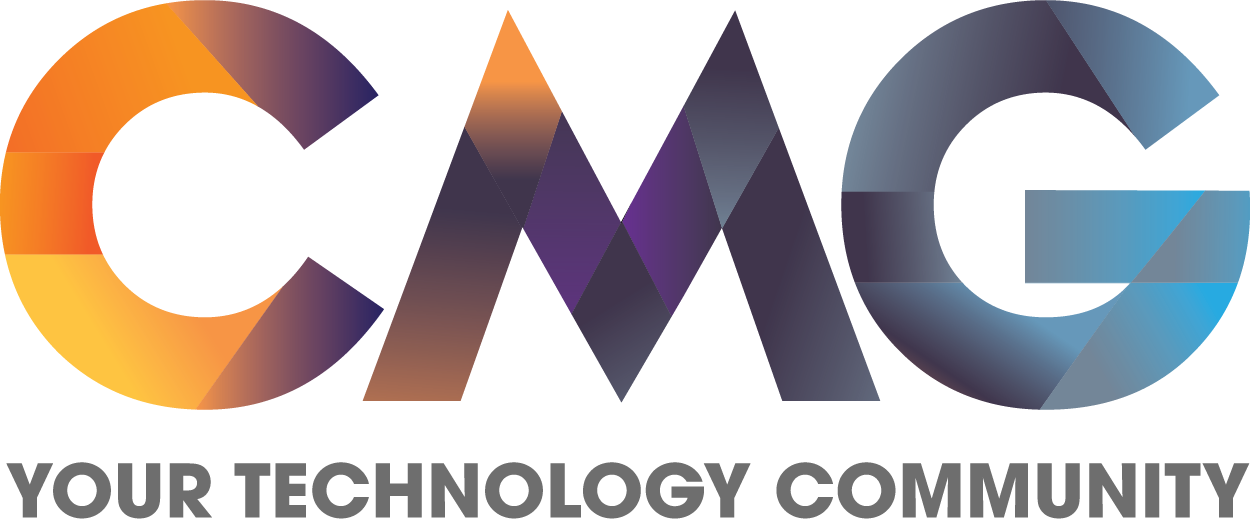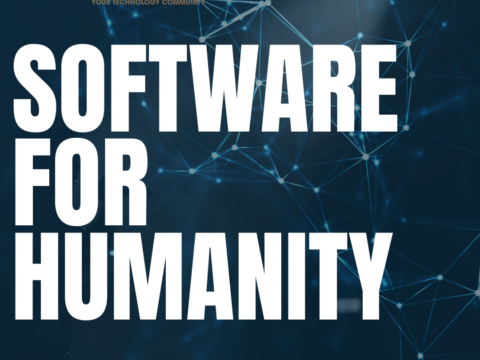How to leverage design thinking to discover what your users need

VIDEO: Cloud Continuous Integration
December 12, 2018
Video: Hybrid IT: The Challenge of Availability, Accessibility, & the System of Record (Member Video)
December 19, 2018by
Design thinking emerged in the 1950s and 1960s when the architecture and engineering fields grappled with the challenges arising from widespread social tensions. Today, design thinking is the cornerstone for some of the largest companies in the world. Prestigious universities, business schools, and forward thinking companies have adopted design thinking, occasionally tailoring their approach to fit their specific context or brand values. Even so, some companies are only just transitioning to a more design-centered approach, while others have yet to discover the long-term benefits.
The structured framework of design thinking consists of five phases: Empathize, Define, Ideate, Prototype, Test. These phases are used to tackle either unknown or ill-defined problems and are being reframed in human-centric ways to enable the participants in the process to find out what users really need.
Within the design thinking framework, it’s critical to get feedback from your users through things like research, prototyping, and usability testing. This can show you why and where users are having problems. It can also allow you to judge whether holding a more structured design thinking workshop would add even more value to the company and its customers.
Companies and individuals who employ design thinking often customize workshops to create a collaborative environment in which to explore assumptions that will lead to potential solutions. These workshops can last anywhere from a few hours to a few days and can help to quickly identify users’ needs and pain points, resulting in an innovative and testable solution.
The challenge, of course, is to choose the correct approach to design thinking, one that will fit your company’s specific context. Three leaders in their respective fields—Google, IBM, and Amazon—developed their methods and workshops through their interpretation and approach to design thinking. Then they used these interpretations to interact with their clients and ensure that the final outcomes met their clients’ specific requirements.
Each respective method and workshop focuses on identifying a problem with a team of people from varying disciplines. The goal is to brainstorm many ideas before converging towards one potential solution. However, key differences exist in how they define, develop, test, and build the solution—no hard and fast rules exist to define the workshops. Google, IBM, and Amazon developed their workshops based on available resources, time frames, and the business opportunity or challenge under discussion.
Companies are diverse and spread across many industries. They do not work on similarly sized problems, or even on problems with the same level of complexity. Therefore, design thinking workshops of varying structures are required to meet the differing needs of this diverse landscape.
The question then becomes: What should you look for in a design thinking workshop to ensure you identify the correct challenge and reach the right solution? When you consider that you are committing your resources and employees to solve a critical company challenge, you need to ensure that your investment reaps the expected reward: a viable solution to the problem.
Let’s take a look at some of the key elements in a design thinking workshop:
- A focus on empathy is essential. One of the goals of the design thinking workshop is to ensure that all participants acquire an empathic understanding of their end user, as well as the problem that needs to be solved.
- A structure needs to be laid out using a classic approach: identify a problem, brainstorm many solutions, converge on the best option, and then define a goal to be tested, iterated, and implemented.
- The workshop should include a review of the problem so that everyone is on the same page. It should also identify the people involved, their goals, and why you should care about them. In addition, the users’ journey should be mapped out so that it’s easier for everyone to empathize with them.
The benefits of good design thinking workshops are immeasurable. You’ll view problems from a different perspective, stimulate innovative thinking and creative problem solving, ensure final outcomes meet the company’s specific requirements and, of course, encourage empathic interactions among your employees.





